Pets are adorable, no doubt. But behind those fluffy exteriors and soulful eyes, there’s a mastermind at work. They might be small, but their power to subtly manipulate us is anything but. Let’s uncover the sneaky ways your pet is pulling the strings of your heart and routine. Whether you’re a dog lover, a cat enthusiast, or a proud parent of a parrot, there’s a good chance your furry, feathered, or scaly friend has you wrapped around their paw, claw, or tail.
1. The Morning Wake-Up Call Isn’t About Concern for Your Schedule
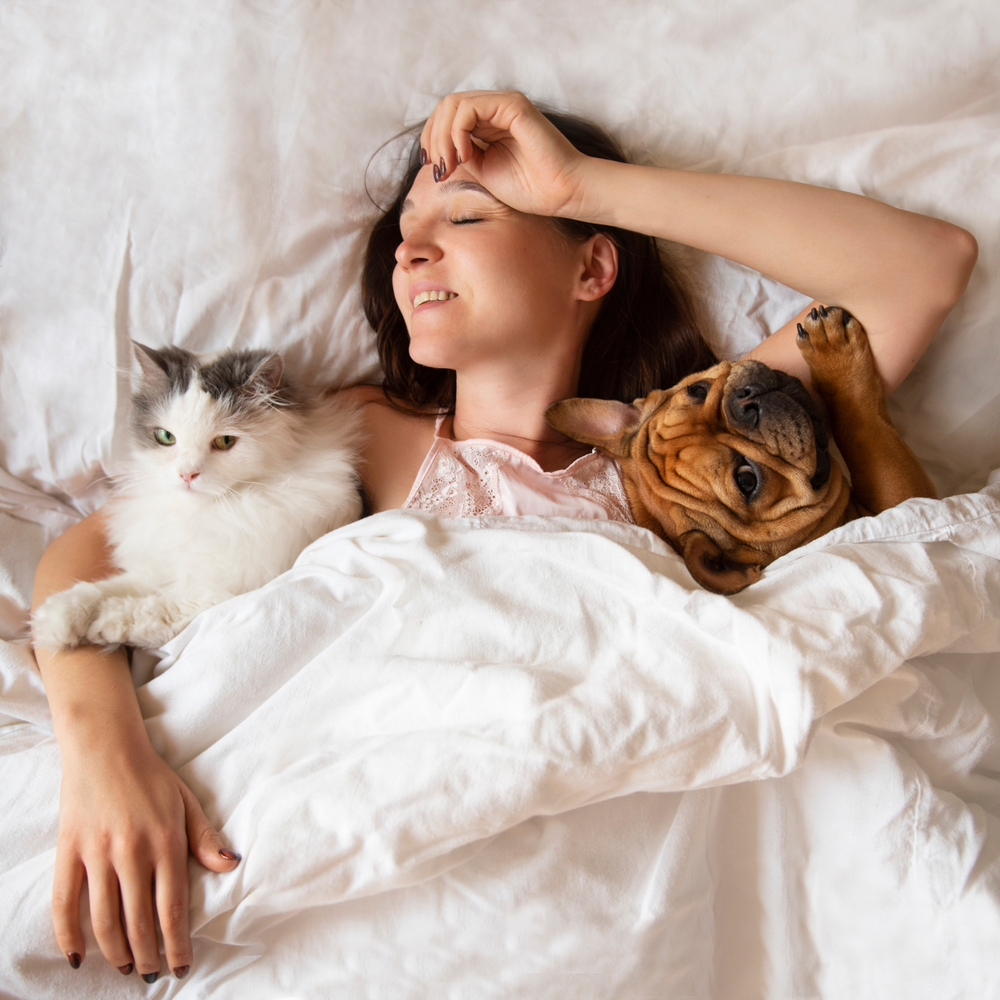
When your pet acts as your very own alarm clock, it’s easy to think they’re helping you stick to your daily routine. The reality might be a tad more self-serving. That 6 AM nudge is more about breakfast time than your morning jog. Pets are creatures of habit, and once they’ve trained you to wake up at a certain time, they’ll ensure you maintain that schedule—even on weekends. It’s not just about food, either. They know the earlier you wake up, the sooner they get their morning cuddles. According to Vet Explains Pets, dogs often wake their owners early due to their own needs, such as hunger or the need for attention, rather than concern for their owner’s schedule.
As much as you might grumble about those early hours, once you’re up, it’s hard to stay mad at that furry face. And your pet knows that. They’ve mastered the art of the adorable morning routine. Those sleepy eyes and soft purrs or gentle tail wags are their way of saying, “Rise and shine, human, it’s time for my morning affection.” Over time, you might even find yourself waking up a few minutes before they make their move, proving their manipulation is working.
2. The “Innocent” Begging Eyes Routine

We’ve all been there: you’re enjoying a snack, and suddenly, you’re being watched by a pair of the most pitiful, wide, begging eyes. Pets have perfected this art to make you feel like the worst person in the world if you don’t share your treat. This is not a spontaneous act; they know exactly the power they hold. Those eyes, whether pleading or accusatory, are their tools to make you give up that last chip or piece of chicken. As noted by Great Pet Care, dogs use pleading expressions to elicit food from their owners, a behavior that is often reinforced when owners give in to the begging.
It’s a classic manipulation tactic. Pets use their expressive faces to communicate hunger, even when their bowl is full. They understand that humans respond to such emotional cues, and they exploit this to the fullest. Over time, you’ll find yourself automatically setting aside a portion of your meal for them, even before they ask—a testament to their manipulative success.
3. The “I Need Attention Now” Antics
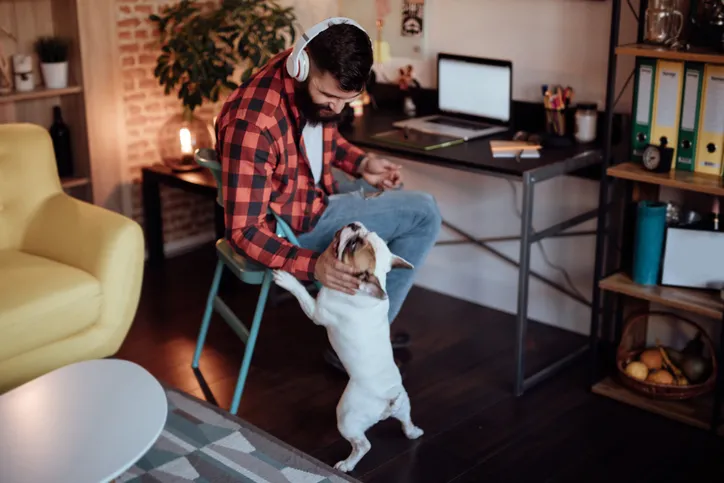
When your pet suddenly demands attention, it’s not always because they’re feeling neglected. They might just be orchestrating a master plan to make sure you’re never too engrossed in anything that doesn’t involve them. Whether it’s sitting on your laptop or nudging your arm while you read, these are calculated moves. Your pet knows that by interrupting your activity, they become the center of your universe. In their eyes, it’s a win-win situation—they get attention, and you get a break from work.
This tactic is especially common in cats, who will plop onto keyboards or books without a second thought. Dogs might bring over toys or bark playfully. It’s their way of saying, “Remember who’s really important here.” It’s hard to resist their cuteness, and soon you find yourself giving in, proving once again who’s actually in charge.
4. The “I’m So Bored Without You” Act
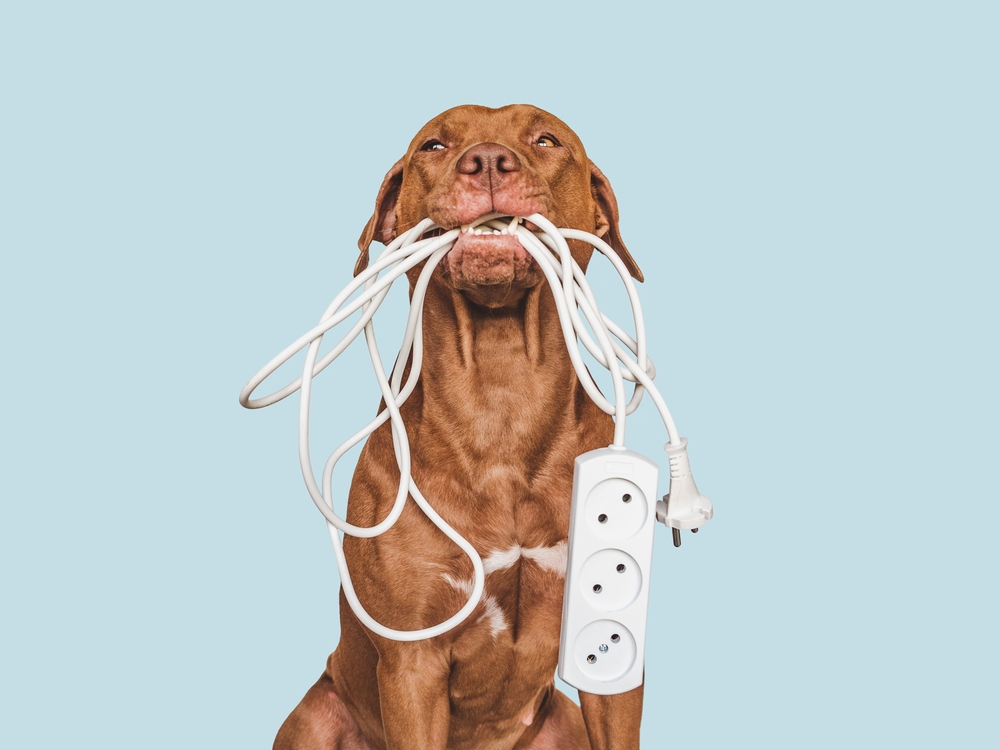
Every pet owner knows the guilt that comes with leaving their pet home alone. And your pet knows just how to amplify that guilt with the “I’m so bored without you” act. They might sulk at the door or look longingly out of the window as you leave. It’s a silent, effective message that makes you feel like the worst pet parent. This manipulation ensures you shower them with attention as soon as you walk back through the door.
Your pet might also engage in minor mischief while you’re away, just to remind you how much you’re missed. A chewed shoe here, a toppled plant there—it’s all part of their plan. The moment you return, they’ll greet you with exuberant joy, making you forget any misbehavior and reinforcing their strategy of manipulation.
5. The Cuddly Distraction During Work
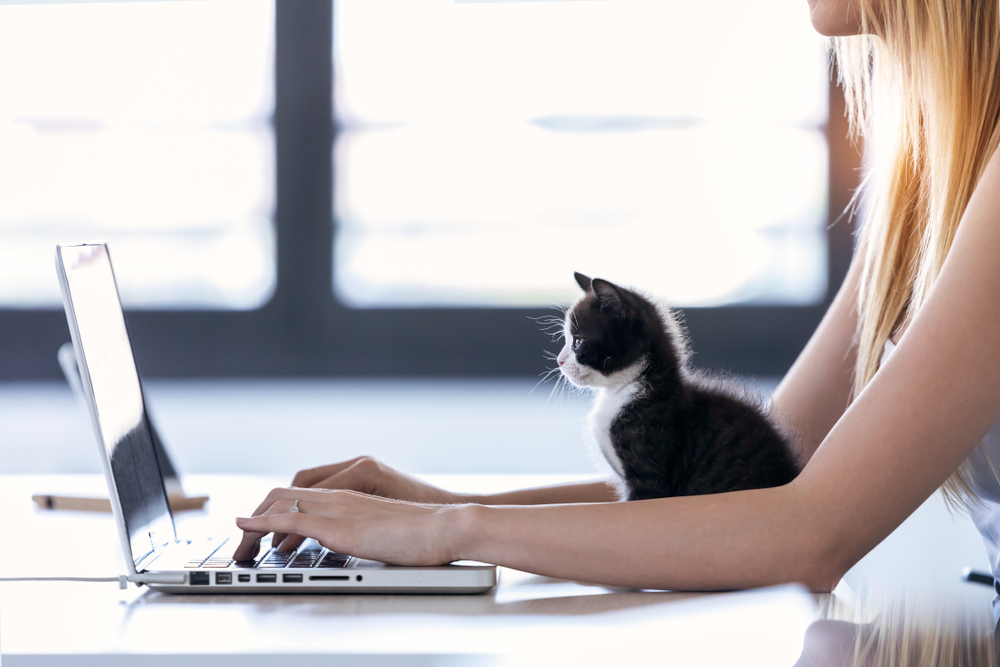
You’re working from home, and suddenly, your pet decides that your lap is the best place to be. It’s not just an affectionate act; it’s a well-timed distraction. They know that being cute and cuddly is the perfect way to divert your attention from that report you’re working on. By insisting on being the center of attention, they ensure you’re never too focused on anything else. It’s manipulation at its cutest, and they know you can’t resist.
This tactic works because pets understand that humans have a soft spot for warmth and affection. It’s hard to say no when they’re purring contentedly or resting their head gently on your keyboard. Before you know it, you’re taking an unscheduled break to pet them, which is precisely what they wanted. They’ve turned a moment of work into a bonding session, proving their mastery in the art of distraction.
6. The Strategic Mid-Walk Stops

Taking your pet for a walk should be a straightforward task, but your pet has other ideas. Those random stops to sniff every blade of grass aren’t just about exploring the world. They’re a clever manipulation to extend outdoor time, ensuring they get every possible moment to enjoy the great outdoors. Your pet knows that by stopping frequently, they can control the pace and duration of the walk. It’s their subtle way of making sure you spend more time outside than you planned.
This tactic is especially evident with dogs, who might also use it to socialize with other dogs and people. They understand that walks are as much about the journey as the destination. By dictating the pace, they ensure they get the maximum benefit from the outing. Over time, you might find yourself planning longer walks to accommodate these stops, showing just how effective their manipulation is.
7. The “I’m Starving” Performance
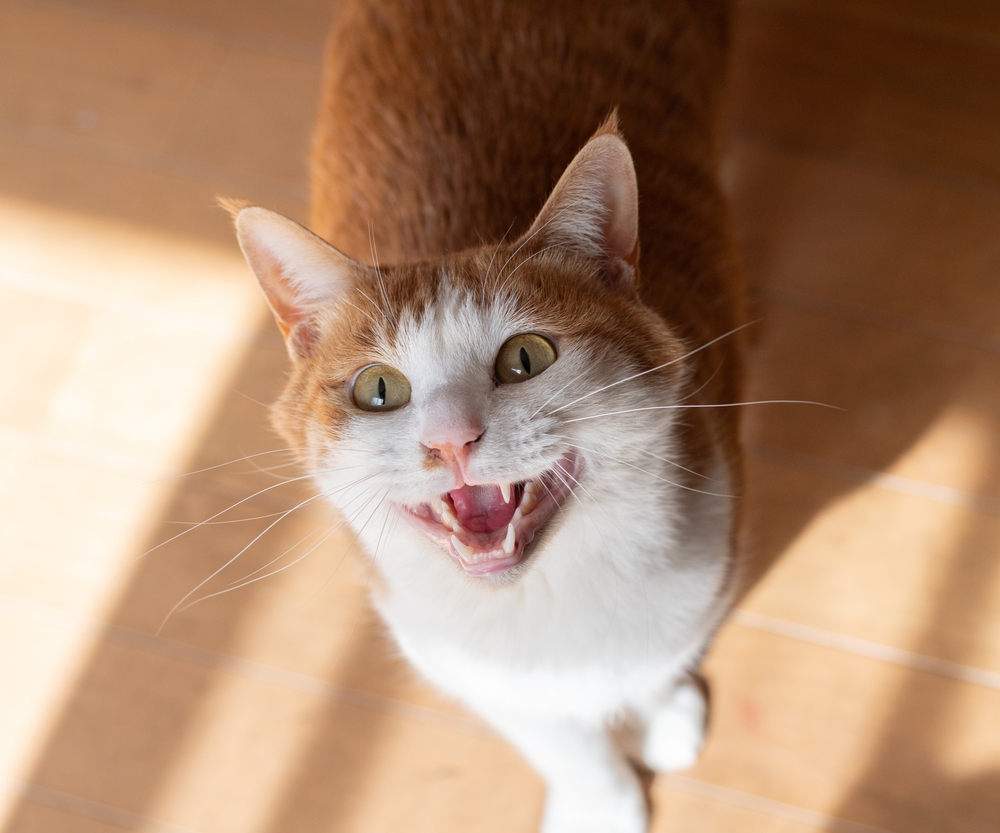
Even if your pet just ate an hour ago, they’ve mastered the art of convincing you they’re perpetually hungry. With a combination of whining, exaggerated sighs, and strategic glances at their food bowl, they can make you question your memory. Did you forget to feed them? Are they truly starving? It’s a performance worthy of an Oscar. Your pet knows that by acting as if they’re famished, they can secure an extra treat or two.
This behavior is common in pets who’ve realized that humans often equate food with love. They exploit this connection to their advantage. By appearing hungry, they engage your nurturing instincts, ensuring they get more than their fair share of snacks. In no time, you find yourself adding an extra scoop of kibble, reinforcing their clever manipulation.
8. The Ploy of Affection Right Before Meal Times
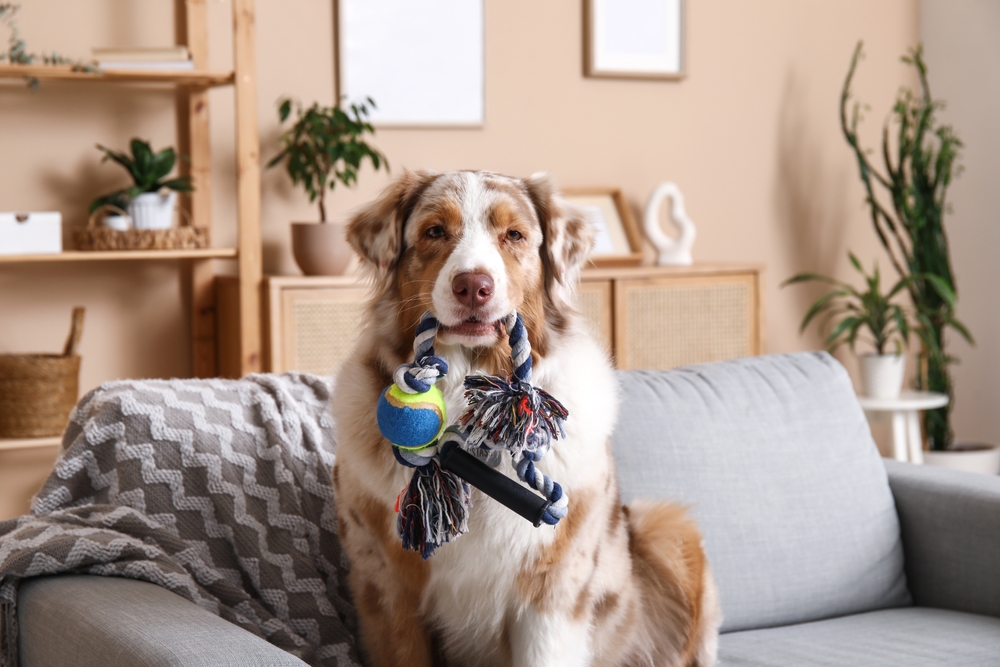
Have you ever noticed how affectionate your pet becomes just before mealtime? It’s not just a coincidence; it’s a well-rehearsed ploy. They understand that by showering you with love, they increase their chances of a prompt meal. Your pet knows that this extra dose of affection makes you more inclined to feed them on time—or even a bit early. It’s a subtle manipulation that ensures they never have to wait too long for their next meal.
This tactic also reinforces the bond between you and your pet, making you feel appreciated and loved. It’s a win-win situation for them. Not only do they get their meal, but they also strengthen the emotional connection with you. Over time, you might even start anticipating their affectionate advances, proving that their manipulation has worked perfectly.
9. The “I Can’t Reach It” Trick
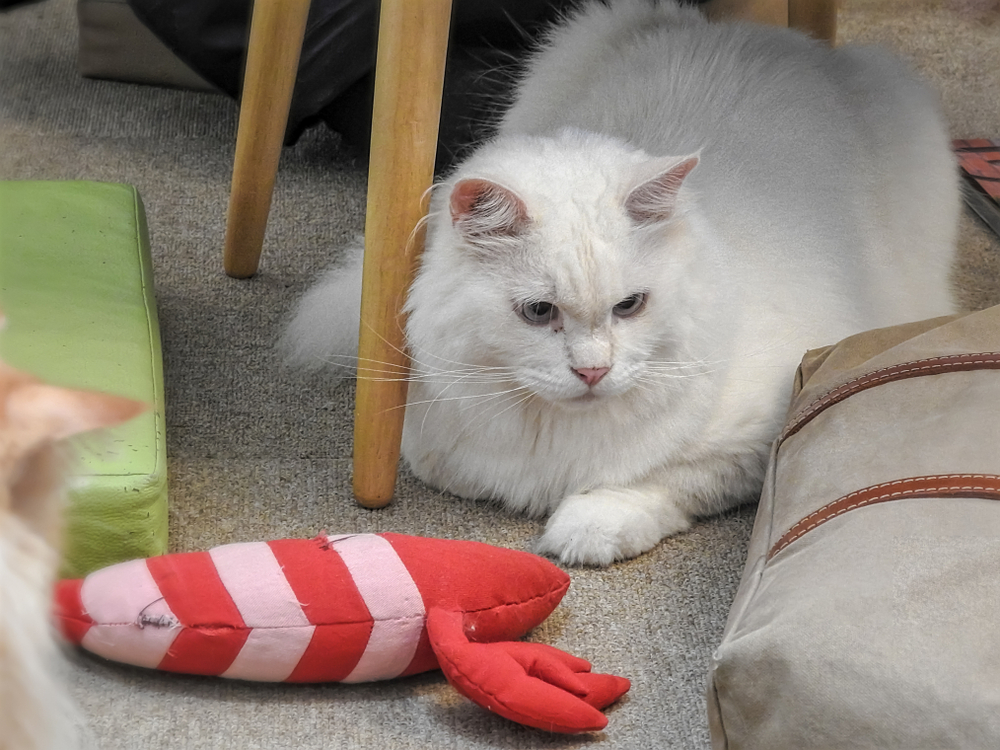
When your pet pretends they can’t reach their toy or treat, they’re not just being lazy. It’s a cleverly orchestrated act to get you involved. They know that by acting helpless, they can engage you in a game or ensure you deliver their treat right to them. It’s a manipulation that pulls at your heartstrings, making you feel needed and useful. Your pet understands that humans often can’t resist the urge to help, and they use it to their advantage.
This behavior is especially common in cats, who might bat their toys under furniture only to look at you expectantly. Dogs might drop their ball at your feet and nudge it gently, as if saying, “I just can’t do it without you.” By playing into your instincts to assist, they ensure you’re always ready to lend a helping hand. It’s manipulation wrapped in cuteness and cleverness.
10. The “I’m Sad” Expression for Extra Cuddles
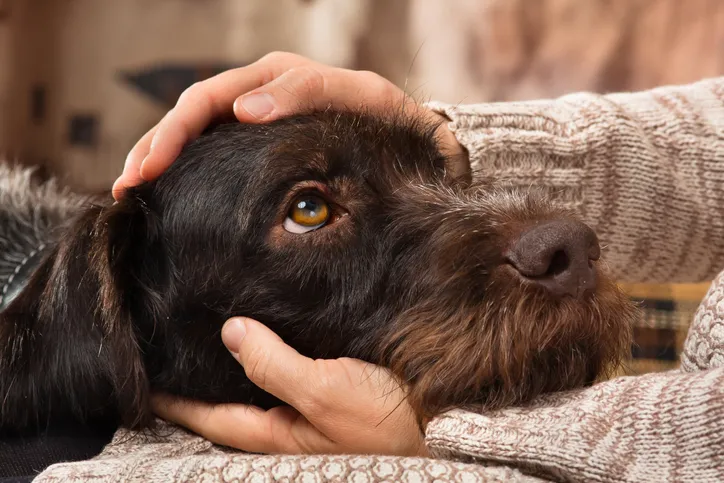
Those big, sad eyes your pet gives you? They’re not always genuine signals of distress. Often, they’re a calculated maneuver to score extra cuddles and affection. Pets know that humans are soft-hearted and will respond to what they perceive as sadness. By adopting this forlorn look, they ensure you’ll drop everything to comfort them. It’s an emotional manipulation that’s hard to resist, and they know it.
This tactic works because it taps into your protective instincts. When they look sad, your natural reaction is to reassure and cuddle them, giving them exactly what they wanted. It’s a masterful play on your emotions, and over time, you find yourself responding instantly to any hint of that sad face. Their ability to evoke sympathy so effortlessly is proof of their clever manipulation skills.
11. The Strategic Use of Paws and Claws

Your pet’s paws and claws aren’t just tools for walking or climbing; they’re also instruments of persuasion. When they tap you gently with their paw or claw at just the right moment, it’s a calculated act to get your attention. Whether they want food, a walk, or just some love, they know that a well-timed touch can communicate their desires. This manipulation ensures you’re always aware of their needs and ready to respond.
This behavior is common in both dogs and cats. A gentle tap on the knee or a soft claw on the arm is their way of saying, “Hey, don’t forget about me.” It’s a subtle yet effective way to remind you who’s really in charge. Before long, you’ll find yourself responding to even the slightest touch, showing that their manipulation tactics are working.
12. The “Guardian” Routine
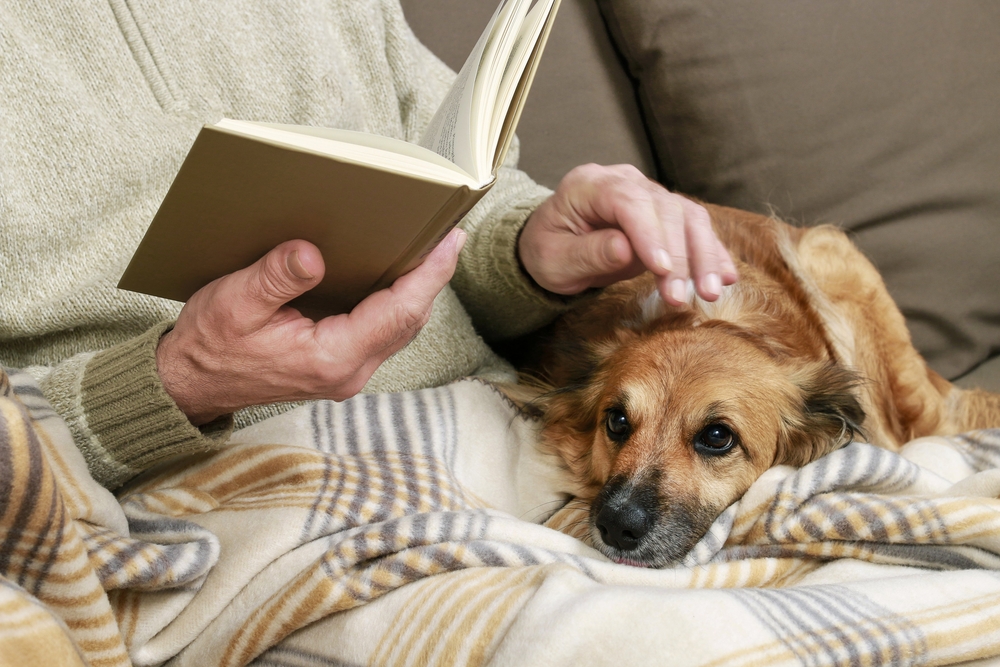
When your pet follows you from room to room, it’s easy to feel like they’re just being protective. While there’s some truth to that, it’s also a manipulation to ensure they’re never far from your side. By shadowing your every move, they guarantee you’ll feel a constant bond. This behavior ensures you’re always aware of their presence and reinforces their importance in your life.
Pets understand that companionship is a powerful form of manipulation. By being your constant companion, they ensure you’re always considering their needs. This routine strengthens your emotional connection and makes them a central part of your daily life. Over time, you’ll find it hard to imagine your day without their ever-present companionship, proving their clever tactics have worked.
